A peculiar skeleton with a large, elongated skull was recently unearthed at Arkaim, an archaeological site often referred to as Russia’s Stonehenge. The discovery is truly unique because it shows how this anomaly is present elsewhere other than Peru, where the Paracas skulls were previously found.
The Mail Online reports that the discovery has caused quite a stir among alien enthusiasts, turning the mystery surrounding the strange skeletons with elongated skulls into a veritable puzzle that has to be put together piece by piece.
The Arkaim archaeological site is located in central Russia’s Chelyabinsk region, a place where many such mysteries originate. Its age and design strongly resembles that of Stonehenge, indicating that it played a similar role as a star observatory.
Archaeologists dug up the intriguing skeleton while exploring a 4,000 year-old settlement near Arkaim. After further analysis, they concluded that it belonged to a woman who lived two millennia ago. Maria Makurova, a researcher who participated in the archaeological operation, gave her opinion on the subject:
I would not exclude the possibility that the skeleton belongs to a woman from the Sarmati tribe that lived in the territories of what is now modern day Ukraine, Kazakhstan and southern Russia.
However, Makurova does not subscribe to the idea that the skeleton is proof of prehistoric alien presence in the region. She and her colleagues believe the skull’s unusual shape is the result of specific cultural traditions rather than extraterrestrial tampering with the human species:
Her skull was elongated because the tribe did so by tying up the heads of their children with rope. It was clearly a tradition in the tribe. She restrained from further commenting on the issue, stating that examination needed to determine the exact reasons behind this tradition is underway.
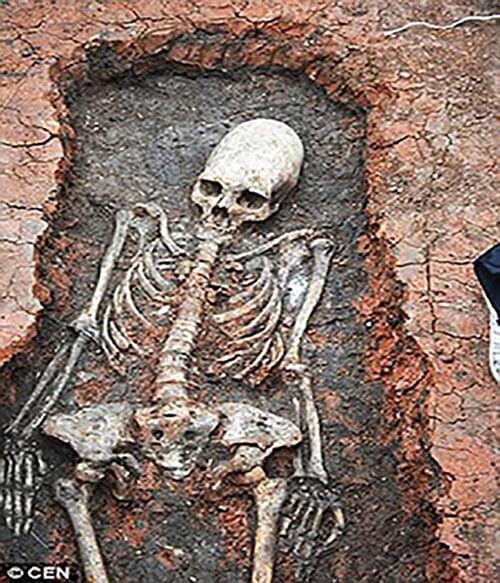
The practice of head binding is indeed present in many cultures throughout the globe and stretches over many eras, but where and why it originated remains an enigma.

Many alien enthusiasts and researchers propose a highly controversial explanation for this phenomenon. Although binding the heads of infants using ropes is definitely a human practice, it could have been triggered by the presence of extraterrestrial that once visited Earth, and humans developed this bizarre habit to venerate them by growing their children in their image.
If we are to consider modern illustrations of aliens, most of them possess humanoid figures with large, elongated heads. Author and researcher Brian Foerster considers the practice of head binding to be linked to the existence of extraterrestrials on Earth. If aliens truly visited our planet and interacted with human societies in the distant past, they would certainly appear as Gods in the eyes of early earthlings. And since worship involves imitation, Foerster believes humans started changing the shape of their heads to resemble those of the alien ‘Gods.’
It’s an intriguing hypothesis that has already gathered a large number of followers. It is also supported by several controversial discoveries, the most renowned of them being the Paracas skulls.
Uncovered on the southern coast of Peru in 1928, these 300 skulls never really fit comfortably inside the accepted archaeological beliefs, and that’s because no theory has been able to offer a conclusive explanation. As a matter of fact, analysis carried out throughout the years proved that head binding can alter the shape of a human skull but it cannot increase the size, weight or cranial capacity, as these are all basic features of regular skulls.
So how can cranial contortion account for the Paracas skulls being 25 percent larger and 60 percent heavier than regularly-shaped ones? Could these skulls originate from a different type of human beings?
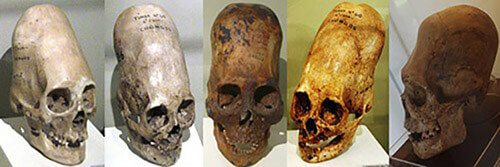
Adding up to the story, recent genetic tests have revealed the presence of never before seen mutations in the mitochondrial DNA (inherited from the mother) of the skulls. While this information is still pending to be authenticated, it makes for an interesting addition to this great puzzle of the elongated skulls discovered in Peru, and more recently in the archaeological site of Arkaim, located near the border that’s separating Russia from Kazakhstan.
Although these peculiar skulls are not considered definitive proof of otherworldly beings visiting Earth, they are a great addition to the overall puzzle that may one day be completed. If the truth will be revealed through more evidence, or if aliens will show up before that, we are yet to find out, but until the day comes, we can only speculate based on what we have at our disposal.
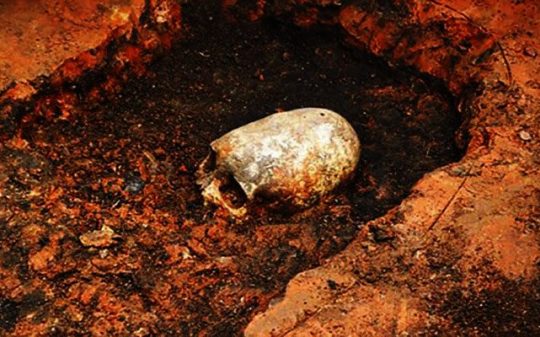

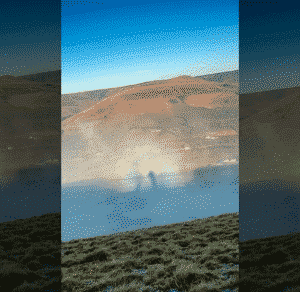


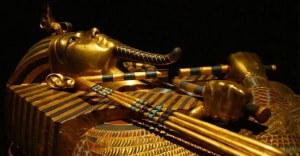

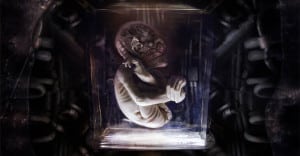



“Head Binding” is a convenient excuse for the elongated skulls and virtually accepted world wide by the controlling elite. These fantastic skulls should be investigated in full and should be considered in the dark past of this “old Earth”. Media are instructed not to delve into forbidden history by their controllers and so, they don’t. Mainstream Media all over the world snuff out any item or artifact that may show the real truth of our recent and ancient history. I cling to the idea these skulls belong to some other race that may have habited our planet somewhere in the past. Just look into the Smithsonian Institute’s history of snuffing out selected finds that could expose a truly different history of Humanity.
Top